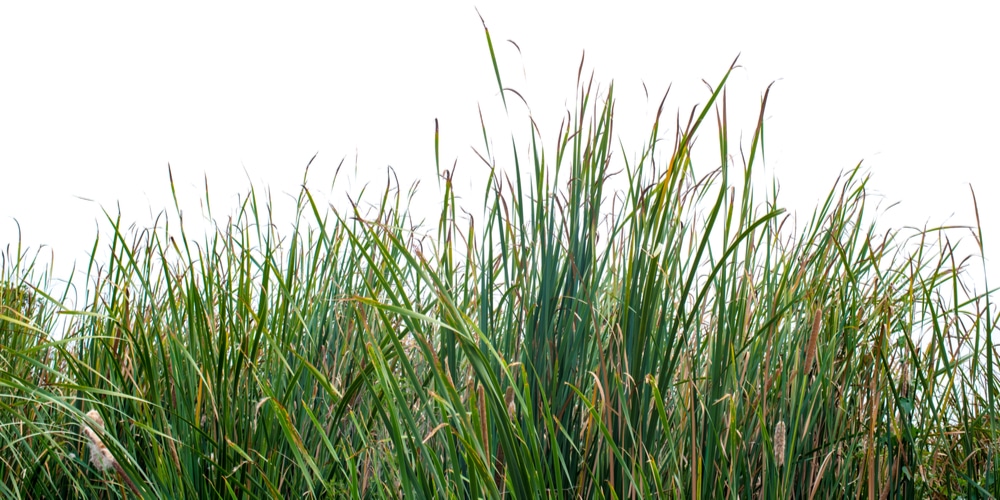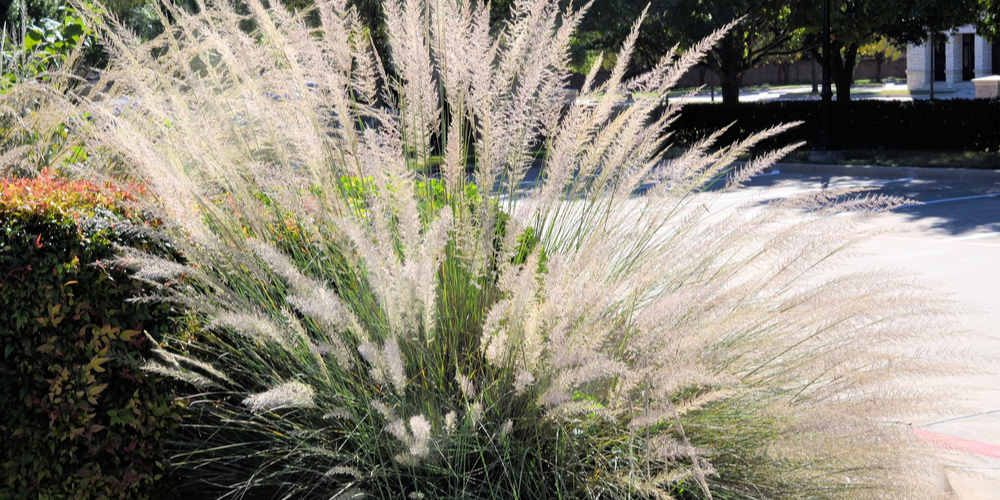Ornamental grasses are an excellent way to add an elegant touch to your garden. And the best part is that these plants are hardy, versatile, and usually don’t require much attention from your side. If you want to learn how to rejuvenate ornamental grasses, keep reading. Here, we collected all the information you should know to get the most out of your plants.
How to Rejuvenate Ornamental Grass?
You can find species suitable to any taste: there are annual or perennial varieties, compact or large ones, colorful or simple. When you plant them in the ideal climate and growing conditions, you should have few issues caring for them. However, periodic rejuvenation can help maintain their attractive looks.
Ornamental grasses might not look as vibrant and fresh as when you first planted them after a couple of years. If your plant seems worn down, discolored, or unhealthy, you should consider rejuvenating it. Indeed, as ornamental grasses mature, their foliage might start to fade and droop.
Luckily, the process of rejuvenating your plant isn’t demanding. To begin with, you must commit to a periodic pruning and division schedule.
Doing so will keep your ornamental grass healthy and in shape. Of course, taking care of your plant is crucial for keeping it strong. For instance, fertilizing it when necessary, feeding it with water, and keeping an eye out for diseases and pests will contribute to a longer-lasting plant.
But here are some steps you may want to follow to ensure you are doing everything right with your plant.
Dividing Your Plant
Ornamental grasses need periodic division to stay healthy. When your plant develops a dry central portion, it signals that you haven’t divided it for years.
So, to maintain its health (and enjoy its beauty for longer), you must cut it into several clumps. Usually, dividing an ornamental grass will leave you with at least three more plants.
You can decide what to do with the cuttings: you can use them to replace the old ones or give them to your friends as a gift. Remember that if the center is dry, it won’t recover. However, dividing your plant will allow you to replant it.
Pruning and Trimming
Pruning and trimming are crucial elements of an ornamental grass care routine. While you shouldn’t do it too often (or you may stress your plant), periodic cutting will keep your grass healthy and in good shape.
Don’t forget to use sharp and sterile tools to avoid spreading infections. Also, remember never to cut your plant more than one-third of its size. Otherwise, it may never recover from the shock and have issues growing.
Prune your ornamental grass in the early fall to allow your plant enough time to recover before the spring. The process might be more or less demanding, depending on how large your grass is.
For instance, if the blades are large, you might have to tie them together before pruning your plant. Also, some species might be so hardy to require a chainsaw to cut them down!
Fertilize Your Plant
You might have heard that ornamental grasses are low-maintenance plants. While that might be true, that doesn’t mean they won’t benefit from extra nutrients. Indeed, fertilizing your ornamental grass will help it boost its growth.
However, you must consider a few things before applying a treatment. To begin with, you should avoid fertilizing invasive species: they usually don’t need your help to grow fast.
Additionally, you should always follow the instructions you find on the product’s label. Even too much of a good thing might be detrimental. If you prefer, consider adding a layer of compost or manure around your plants. They will provide your grass with essential nutrients and protect it from thermal shock while increasing drainage.
Digging
Another method to rejuvenate ornamental grass is to dig it and transplant it in another area. However, it is not a good idea to do so when your plant is too young. To get satisfactory results (without harming your grass), you should do it when it is at least three years so.
To dig your plant, get a shovel. You should reach the root ball and pull it up (if the center looks weak) or cut roots that extend more than they should.
Doing so will increase the soil’s aeration and allow your plant more space to expand (without overtaking your garden).

